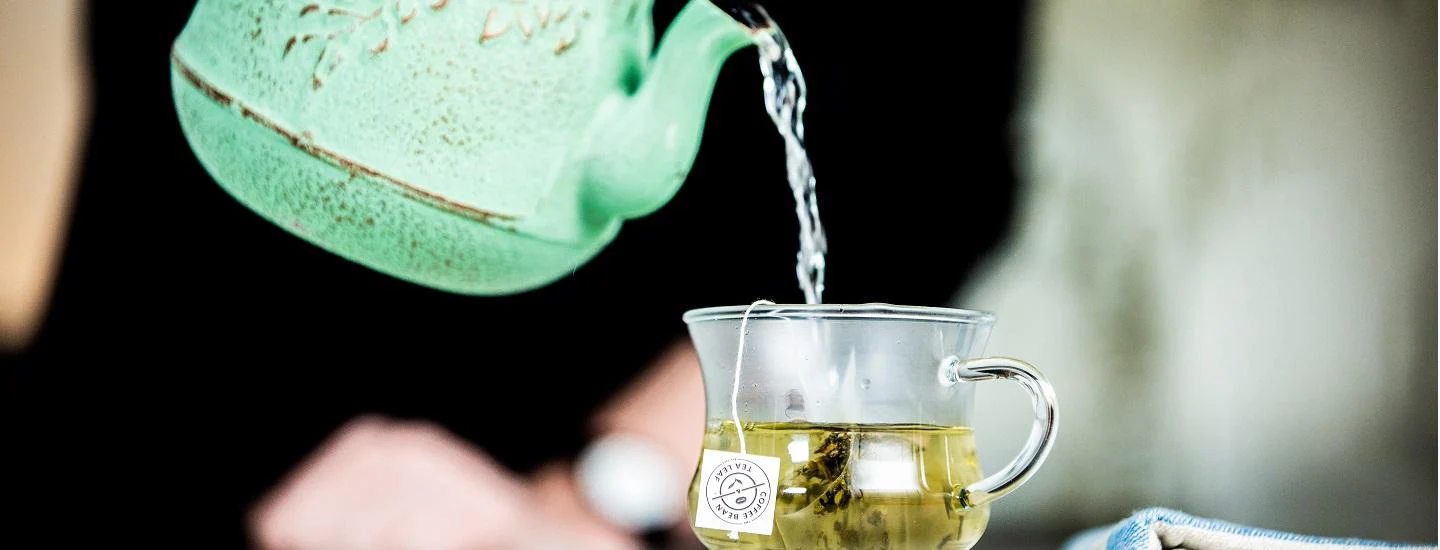Ever wondered why tea often tastes better in its homeland? The secret lies in the local water. From soft, pure springs to mineral-balanced streams, the water in these regions brings out the best in every leaf.
Water quality plays a crucial role in tea preparation, significantly influencing its flavor, aroma, and appearance. The mineral content, pH level, and purity of water can either enhance or diminish the tea’s characteristics. For instance, hard water, which contains high levels of minerals like calcium and magnesium, can cause tea to taste flat and bitter. Conversely, water that is too soft may result in a weak and insipid tea.
In traditional tea-growing regions, the natural water sources are often perfectly suited for tea cultivation and brewing. These waters typically have a balanced mineral composition and appropriate pH levels, which complement the specific types of tea grown in the area. For example, the mountain spring water in Fujian, China, has been found to produce the best results for tea flavor and appearance.
The interaction between local water and tea leaves is a result of centuries of adaptation and refinement. Tea plants absorb minerals from the soil, and when brewed with local water, the harmonious balance of minerals enhances the tea’s natural flavors. This synergy is difficult to replicate elsewhere, as water composition varies significantly across different regions.
Understanding the importance of water quality can enhance your tea-drinking experience. When brewing tea at home, consider using filtered or bottled water with a balanced mineral content to approximate the natural conditions of the tea’s origin. This attention to detail can bring you closer to experiencing the authentic taste that makes tea from its homeland so special.
